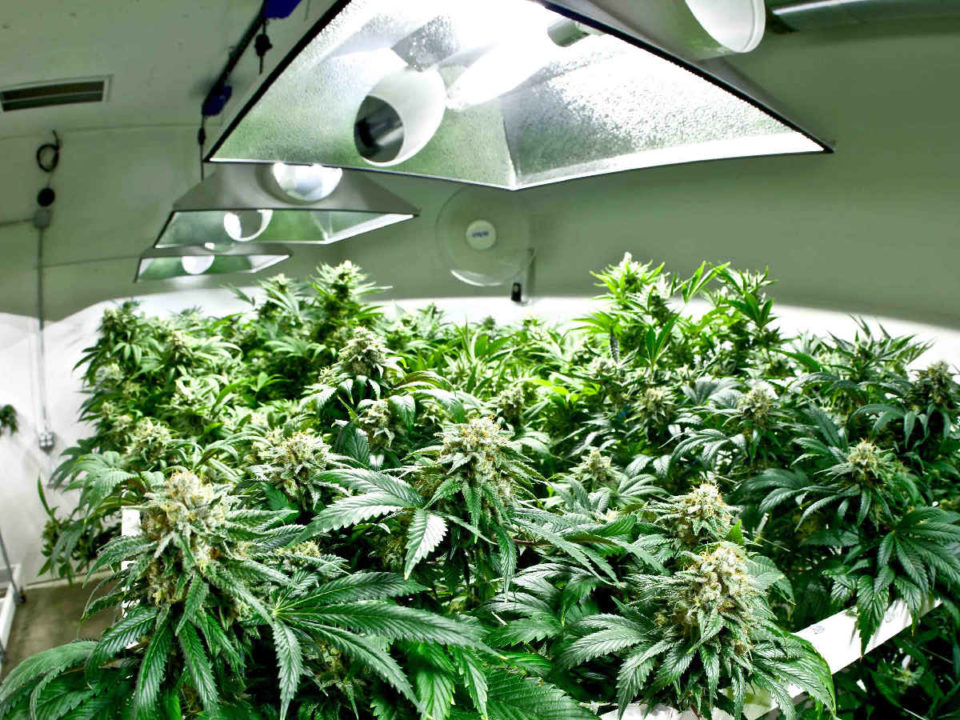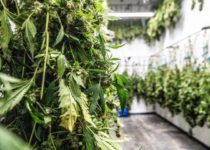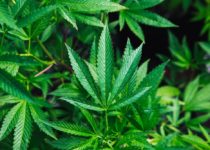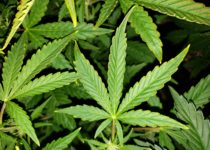Lighting for Marijuana Cultivation

Without light, the plants cannot grow and for this reason, we recommend to get best led grow lights. In the countries in which marijuana grows best, the sun is the source of light. The amount of light and the length of the growing season in these countries result in huge tree-like plants. In most parts of North America, however, the sun is not generally intense enough for long enough periods of time to produce the same size and quality of plants that grow with ease in Latin America and other tropical countries. The answer to the problem of lack of sun, especially in the winter months, shortness of the growing season and other problems is to grow indoor under simulated conditions. The rule of thumb seems to be the more light, the better. In one experiment we know of, eight eight-foot VHO Gro-Lux fixtures were used over eight plants.
The plants grew at an astonishing rate. The lights had to be raised every day. There are many types of artificial light and all of them do different things to your plants. The common incandescent light bulb emits some of the frequencies of light the plant can use, but it also emits a high percentage of far-red and infrared light, which causes the plant to concentrate its growth on the stem. This results in the plant stretching toward the light bulb until it becomes so tall and spindly that it just weakly topples over. There are several brands of bulb types. One is the incandescent plant spotlight, which emits higher amounts of red and blue light than the common light bulb. It is an improvement but has its drawbacks. it is hot, for example, and cannot be placed close to the plants. Consequently, the plant has to stretch upwards again and is in danger of becoming elongated and falling over. The red bands of light seem to encourage stem growth, which is not desirable in growing marijuana. The idea is to encourage foliage growth for obvious reasons. Gro-Lux lights are probably the most common fluorescent plant lights. In our experience with them, they have proven themselves to be extremely effective. They range in size from one to eight feet in length so you can set up a growing room in a closet or a warehouse. There are two types of Gro-Lux lights: The standard and the wide spectrum. They can be used in conjunction with one another, but the wide spectrum lights are not sufficient on their own. The wide spectrum lights were designed as a supplementary light source and are cheaper than the standard lights. Wide spectrum lights emit the same bands of light as the standard but the standard emits higher concentrations of red and blue bands that the plants need to grow. The wide spectrum lights also emit infrared, the effect of which on stem growth we have already discussed. If you are planning to grow on a large scale, you might be interested to know that the regular fluorescent lamps and fixtures, the type that is used in commercial lighting, work well when used along with standard Gro-Lux lights. These commercial lights are called cool whites and are the cheapest of the fluorescent lights we have mentioned. They emit as much blue light as the Gro-Lux standards and the blue light is what the plants use in foliage growth.
Now we come to the question of intensity. Both the standard and wide spectrum lamps come in three intensities: regular output, high output, and very high output. You can grow a nice crop of plants under the regular output lamps and probably be quite satisfied with our results. The difference in using the HO or VHO lamps is the time it takes to grow a crop. Under a VHO lamp, the plants grow at a rate that is about three times the rate at which they grow under the standard lamps. People have been known to get a plant that is four feet tall in two months under one of these lights. Under the VHO lights, one may have to raise the lights every day, which means a growth rate of at least two inches a day. The only drawback is the expense of the VHO lamps and fixtures. The VHO lamps and fixtures are almost twice the price of the standard. If you are interested in our opinion, they are well worth it. Now that you have your lights up, you might be curious about the amount of light to give you plants per day. The maturation date of your plants is dependent on how much light they receive per day. The longer the dark period per day, the sooner the plant will bloom. Generally speaking, the less dark per day the better during the first six months of the plant’s life. The older the plant is before it blooms and goes to seed, the better the grass will be. After the plant is allowed to bloom, its metabolic rate is slowed so that the plant’s quality does not increase with the age at the same rate it did before it bloomed. The idea, then, is to let the plant get as old as possible before allowing it to mature so that the potency will be a high as possible at the time of harvest. One relatively sure way to keep your plants from blooming until you are ready for them is to leave the lights on all the time. Occasionally a plant will go ahead and bloom anyway, but it is the exception rather than the rule. If your plants receive 12 hours of light per day they will probably mature in 2 to 2.5 months. If they get 16 hours of light per day they will probably be blooming in 3.5 to 4 months. With 18 hours of light per day, they will flower in 4.5 to 5 months. It’s a good idea to put your lights on a timer to ensure that the amount of light received each day remains constant. A “vacation” timer, normally used to make it look like you are home while you are away, works nicely and can be found at most hardware or discount stores.
Energy Emissions in Arbitrary Color Bands.
40 Watt Fluorescent Lamps in Watts and Percent of Total Emissions




